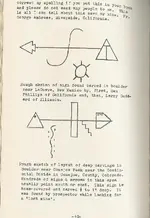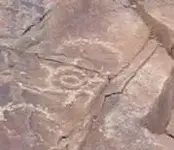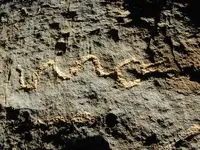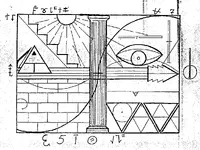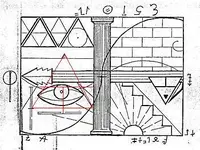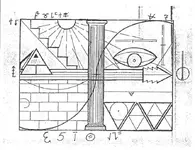1) Here's where it get's "interesting": a Ford Tri-Motor had the capability to carry one ton in cargo or passengers, and I didn't make the "Ford" connection to the 3rd Reich and Hitler, until the past year or so. The Ford Tri-Motor was also very efficient in needing only a short runway in high altitudes, because it had 3 motors. Hence, only 25 round trip flights would be needed.
https://en.wikipedia.org/wiki/Ford_Trimotor
Excerpt:
"One of the major uses of the Trimotor after it was superseded as a passenger aircraft by more modern aircraft like the Boeing 247 (1933) or the Douglas DC-2 (1934), then DC-3, was the carrying of heavy freight to mining operations in jungles and mountains. The Trimotor was employed for decades in this role.[16]" Click link #16 and you'll learn the Ford Tri-motor was used by Peruvian gold miners in high altitudes.
Why did Hitler award Henry Ford the Grand Cross of the German Eagle in 1938; before World War II broke out? Was it because he cached their gold in the U.S. on a remote relocation in the middle of nowhere, in high altitude, using a Ford Tri-Motor configured to carry the cache?
The closest road to the property was unpaved until 1975. It's very desolate out there.
2) I believe the pilot and "site lead" or surveyor were the only people who knew where they were. I believe they were paid to be quiet in gold. That's why I believe the pilot only provided "cryptic" information to his wife, as to the mission he executed, and the description which was passed on "2nd hand" to KvM and Hardrock Hammond, and perhaps Tom Hilton: "40 acres of gold .. a Natural Fort Knox .. two people knew where it was buried".
I believe the pilot died an untimely death, in a plane accident in 1938, and one of the valuables he left behind to his wife was the waybill. The pilot must've told her the site was a "natural Fort Knox", and perhaps she or her son wanted a "piece of the action" from KvM or Hardrock Hammond.
The surveyor could have been the land owner, a Nazi sympathizer or a highly paid lieutenant in the operation. The other crew members had NO IDEA where they were, those who excavated the site. It's very desolate out there.
As Daryl Friesen has posted on other websites, he was told that Germans or Neo-Nazi's paid a pilot after the war to search for visual "cues" around the 4 corners; searching for the site. That would indicate the crew wasn't aware where they were. In addition, one can speculate that foreign immigrants were used in the work, like the coal miners in Primero. They "pretty much" had no clue where they were, or the site location relative to the rest of the U.S.
The distances and headings are on the waybill, as I've posted.
3) The loot didn't belong to the pilot, but I believe he was trusted to keep a secret due to his military background, he was hired because he knew how to fly in high altitudes and was somewhat famous; that's how they knew he could carry out the mission. I don't believe the pilot and surveyor knew each other, for various reasons. I believe the pilot was paid well for completing the mission, in gold! His only job was to deliver cache and crew, like today's truck driver: just drop off your load and move on to the next load.
4) I believe the cache was moved for two possible reasons, as I've posted, 1) the owners feared FDR was targeting them and he'd confiscate their gold; since they knew FDR knew they'd done business with Hitler and were paid in gold; 2) the Rio Grande Southern railroad closed which would make the route to the site very difficult, if the site was used as a "secret" warehouse for refined inventory, 3) the owners of the Camp Bird mining company feared their warehoused gold would be confiscated and they moved it due to the Gold Act.
Either one, it appears it was a complex and large operation, including excavations. I do believe the story "line" that a crew went out to the site and tried to find the gold, but failed, and then decided to "leave it sit" because it was still illegal to own until 1970. I do believe those who knew about moving it eventually died between 1934 and 1970, and told few people about the "caper".
The current property owner is not wise to the whole thing; per the waybill. As I mentioned, I told the owner there might be "valuable historical artifacts" on the property. I have permission to search, but can't dig.
I hope that answers your questions.
Your best friend,
Spyro
View attachment 1637805 View attachment 1637809 View attachment 1637814 View attachment 1637824



 I am a few tools out from making my first "go" at a few of the things I posted on here - hope to get at it sometime this year, if the house-general will let me, of course!
I am a few tools out from making my first "go" at a few of the things I posted on here - hope to get at it sometime this year, if the house-general will let me, of course!